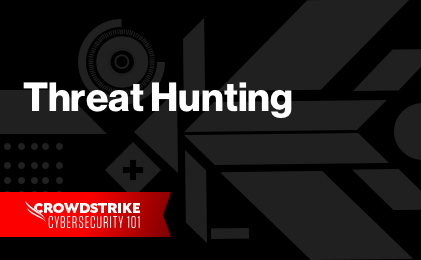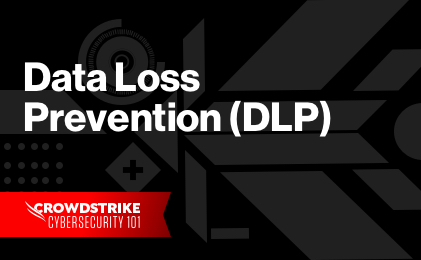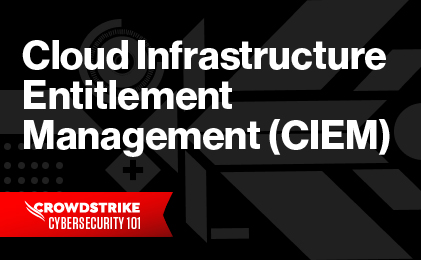Cloud security posture management (CSPM) automates the identification and remediation of risks across cloud infrastructures, including Infrastructure as a Service (IaaS), Software as a Service (Saas), and Platform as a Service (PaaS). CSPM is used for risk visualization and assessment, incident response, compliance monitoring, and DevOps integration, and can uniformly apply best practices for cloud security to hybrid, multi-cloud, and container environments.
Why is CSPM So Important?
Over the course of a day, a cloud may connect and disconnect from hundreds or even thousands of other networks. This dynamic nature makes clouds powerful, but it also makes them hard to secure. And as a cloud-first philosophy becomes the norm, the problem of securing cloud-based systems becomes more acute.
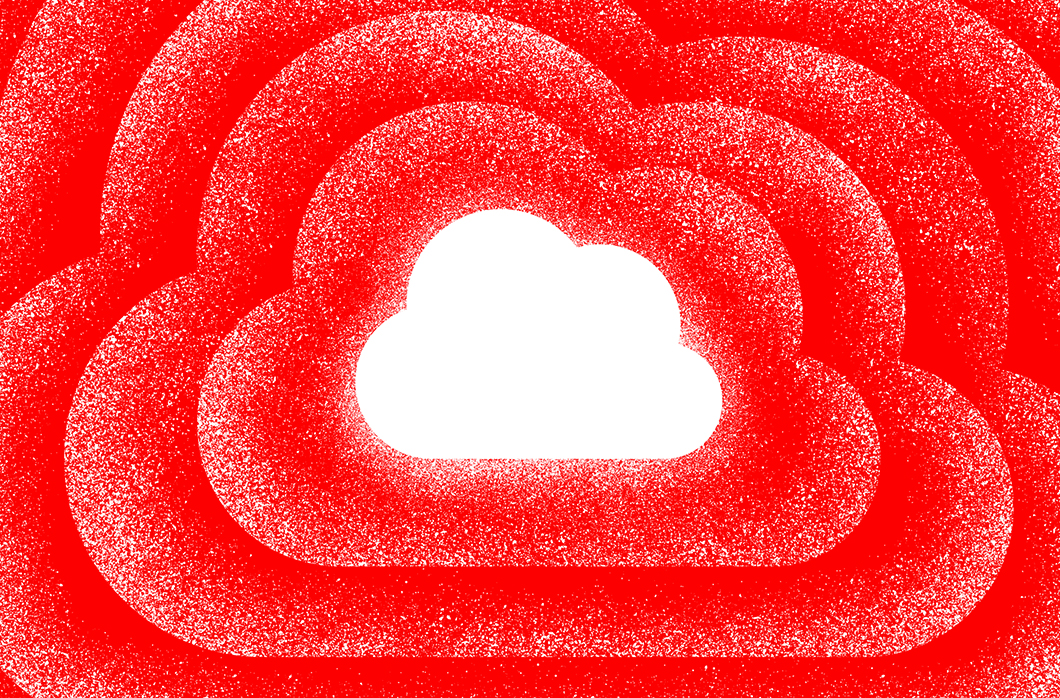
Traditional security doesn’t work in the cloud because:
- there is no perimeter to protect
- manual processes cannot occur with the necessary scale or speed
- the lack of centralization makes visibility extremely difficult to achieve
While cloud-based computing delivers overall cost benefits, the security piece of that puzzle can eat into the ROI, as there are so many pieces that need to be managed – microservices, containers, Kubernetes, serverless functions, etc. The infamous cybersecurity skills gap is highly relevant here, as new technologies are rolling out faster than enterprises can find security professionals who have experience working with them.
Along with these new technologies comes the idea of Infrastructure as Code (IaC), in which infrastructure is managed and provisioned by machine-readable definition files. This API-driven approach is integral to cloud-first environments because it makes it easy to change the infrastructure on the fly, but also makes it easy to program in misconfigurations that leave the environment open to vulnerabilities. Gartner states that 95 percent of all security breaches are due to misconfigurations, and those mistakes cost companies nearly $5 trillion in between 2018 and 2019 alone.
Underlying all of these issues is the greatest vulnerability of all: lack of visibility. In environments as complex and fluid as the typical enterprise cloud, there are hundreds of thousands of instances and accounts, and knowing what or who is running where and doing what is only possible through sophisticated automation. Without that help, vulnerabilities arising from misconfigurations can remain undetected for days, or weeks, or until there is a breach.
Cloud security posture management addresses these issues by continuously monitoring risk in the cloud through prevention, detection, response, and prediction of where risk may appear next.
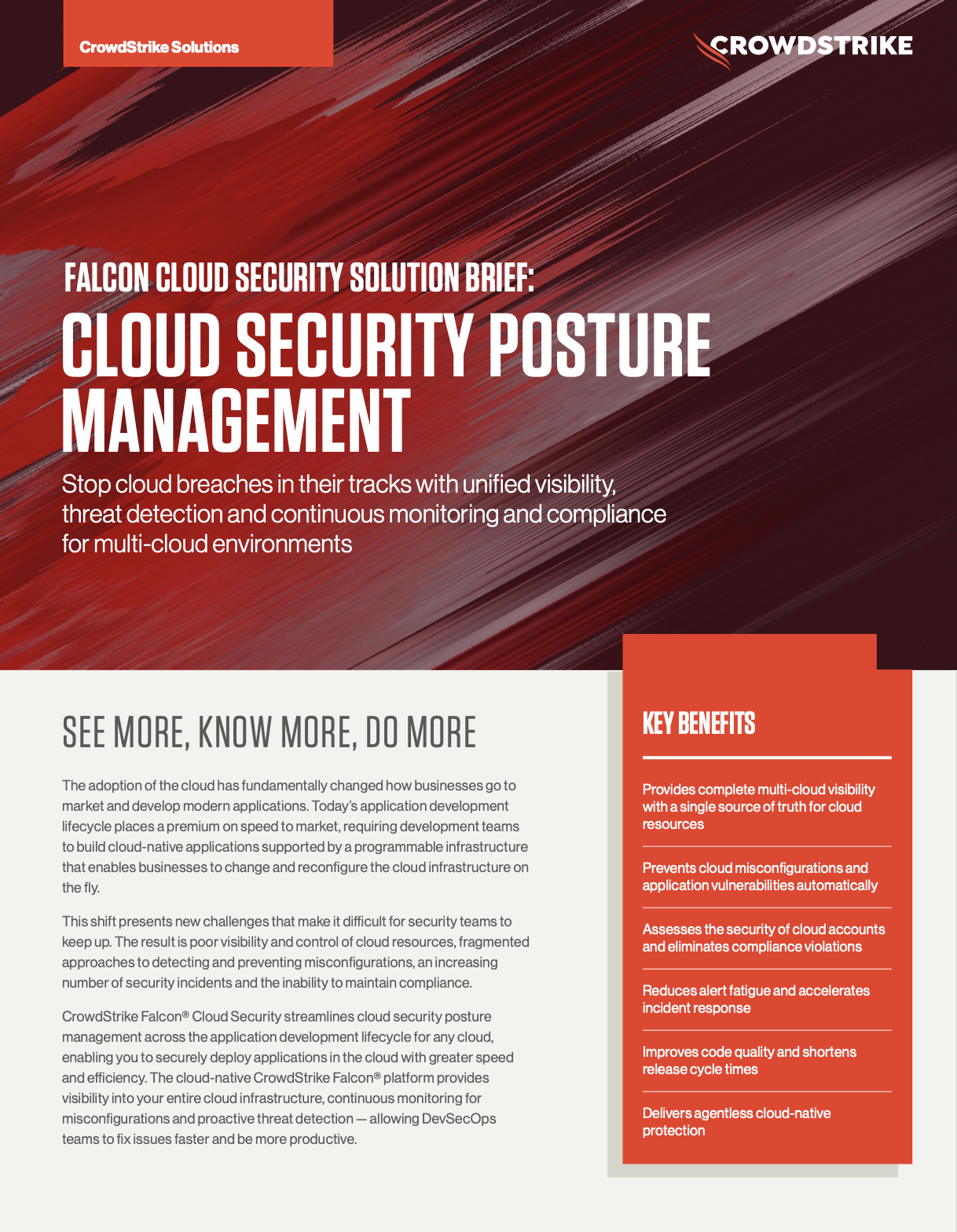
Falcon Cloud Security Brief: CSPM
Download this brief to learn hot Falcon Cloud Security streamlines cloud security posture management across the application development lifecycle for any cloud, enabling you to securely deploy applications in the cloud with greater speed and efficiency
Download NowBenefits of Cloud Security Posture Management
There are two types of risk: intentional and unintentional. Most cloud security programs focus on the intentional: outside attacks and malicious insiders. However, unintentional mistakes, such as leaving sensitive data exposed to the public in S3 buckets, can – and do — cause massive damage.
In November 2020, for example, at least 10 million files containing sensitive data belonging to travelers and travel agents were exposed when they were stored in an improperly configured S3 bucket. That is just the most recent of a series of high-profile leaks that have plagued some of the biggest names in business and government in the past few years.
Cloud Security Posture Management works to stop those accidental vulnerabilities by providing unified visibility across multi-cloud environments instead of having to check multiple consoles and normalize data from multiple vendors. Misconfigurations are prevented automatically, and time-to-value is accelerated.
CSPMs also reduce alert fatigue because the alerts come through one system rather than the usual six or more, and false positives are reduced through the use of artificial intelligence. This, in turn, improves security operations center (SOC) productivity.
Because CSPMs continuously monitor and assess the environment for adherence to compliance policies. When drift is detected, corrective actions can occur automatically.
And, of course, CSPM uncovers hidden threats through its continuous scans of the entire infrastructure, and faster detection means shorter times to remediation.
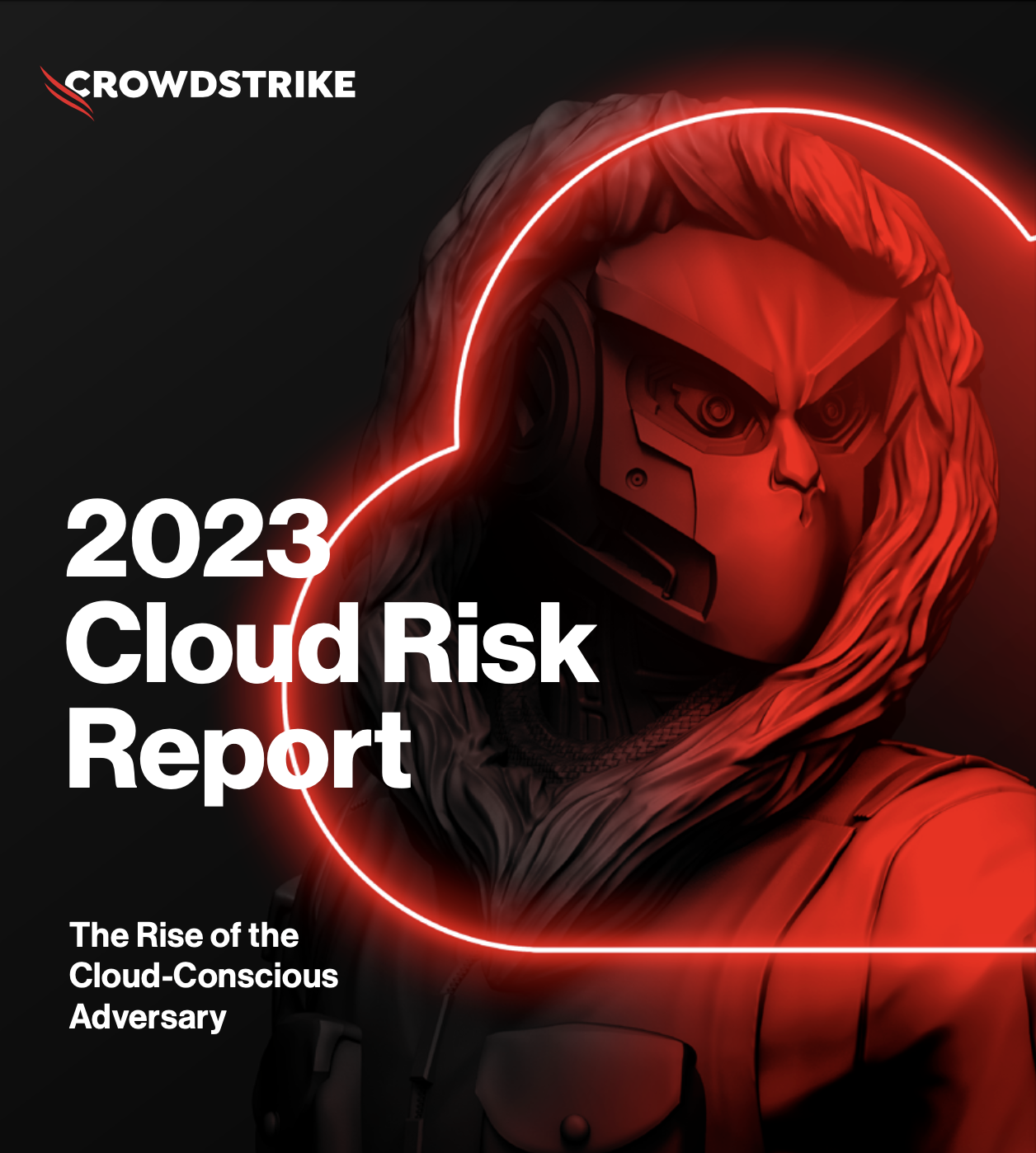
2023 Cloud Risk Report
Download this new report to learn about the most prevalent cloud security threats from 2023 to better protect from them in 2024.
Download NowHow Does Cloud Security Posture Management Work?
Cloud Security Posture Management provides discovery and visibility, misconfiguration management and remediation, continuous threat detection, and DevSecOps integration, as follows:
Discovery and Visibility
CSPM provides discovery and visibility into cloud infrastructure assets and security configurations. Users can access a single source of truth across multi-cloud environments and accounts. Cloud resources and details are discovered automatically upon deployment, including misconfigurations, metadata, networking, security and change activity. Security group policies across accounts, regions, projects, and virtual networks are managed through a single console.
Misconfiguration Management and Remediation
CSPM eliminates security risks and accelerates the delivery process by comparing cloud application configurations to industry and organizational benchmarks so violations can be identified and remediated in real-time. Misconfigurations, open IP ports, unauthorized modifications, and other issues that leave cloud resources exposed can be fixed with guided remediation, and guardrails are provided to help developers avoid mistakes. Storage is monitored so the proper permissions are always in place and data is never accidentally made accessible to the public. Also, database instances are monitored to ensure high availability, backups, and encryption are enabled.
Continuous Threat Detection
CSPM proactively detects threats across the application development lifecycle by cutting through the noise of multi-cloud environment security alerts with a targeted threat identification and management approach. The number of alerts is reduced because the CSPM focuses on the areas adversaries are most likely to exploit, vulnerabilities are prioritized based on the environment, and vulnerable code is prevented from reaching production. The CSPM will also continuously monitor the environment for malicious activity, unauthorized activity, and unauthorized access to cloud resources using real-time threat detection.
DevSecOps Integration
CSPM reduces overhead and eliminates friction and complexity across multi-cloud providers and accounts. Cloud-native, agentless posture management provides centralized visibility and control over all cloud resources. Security operations and DevOps teams get a single source of truth, and security teams can stop compromised assets from progressing through the application lifecycle.
The CSPM should be integrated with the SIEM to streamline visibility and capture insights and context about misconfigurations and policy violations.
The CSPM should also integrate with DevOps tool sets that are already in use, which will enable faster remediation and response within the DevOps tool set. Reporting and dashboards provide a shared understanding across security operations, DevOps, and infrastructure teams.
Differences between CSPM and other cloud security solutions
Cloud Infrastructure Security Posture Assessment (CISPA)
CISPA is the name of the first generation of CSPMs. CISPAs focused mainly on reporting, while CSPMs include automation at levels varying from straightforward task execution to the sophisticated use of artificial intelligence.
Cloud Workload Protection Platforms (CWPPs)
CWPPs protect workloads of all types in any location, offering unified cloud workload protection across multiple providers. They are based on technologies such as vulnerability management, anti-malware, and application security that have been adapted to meet modern infrastructure needs. CSPMs are purpose-built for cloud environments and assess the entire environment, not just the workloads. CSPMs also incorporate more sophisticated automation and artificial intelligence, as well as guided remediation – so users not only know there is a problem, they have an idea of how to fix it.
Cloud Access Security Brokers (CASBs)
Cloud access security brokers are security enforcement points placed between cloud service providers and cloud service customers. They ensure traffic complies with policies before allowing it access to the network. CASBs typically offer firewalls, authentication, malware detection, and data loss prevention, while CSPMs deliver continuous compliance monitoring, configuration drift prevention, and security operations center investigations. CSPMs not only monitor the current state of the infrastructure, they also create a policy that defines the desired state of the infrastructure and then ensures that all network activity supports that policy.
CrowdStrike’s CSPM Solution: Falcon Cloud Security
Eliminate security blind spots with agentless cloud-native protection that continuously monitors your environment for misconfigurations. CrowdStrike Falcon Cloud Security delivers complete visibility into your multi-cloud environment through a single source of truth for cloud resources.
You not only gain valuable context and insights into your overall security posture, you also get guidance on the right steps to take to prevent future security incidents. Falcon Cloud Security provides:
- Continuous intelligent monitoring of cloud resources to proactively detect misconfigurations and threats
- Secure application deployment in the cloud with greater speed and efficiency
- Unified visibility and control across multi-cloud environments
- Guided remediation to resolve security risks
- Guardrails to help developers avoid costly mistakes
- Targeted threat detection to reduces alert fatigue
- Seamless integration with SIEM solutions
